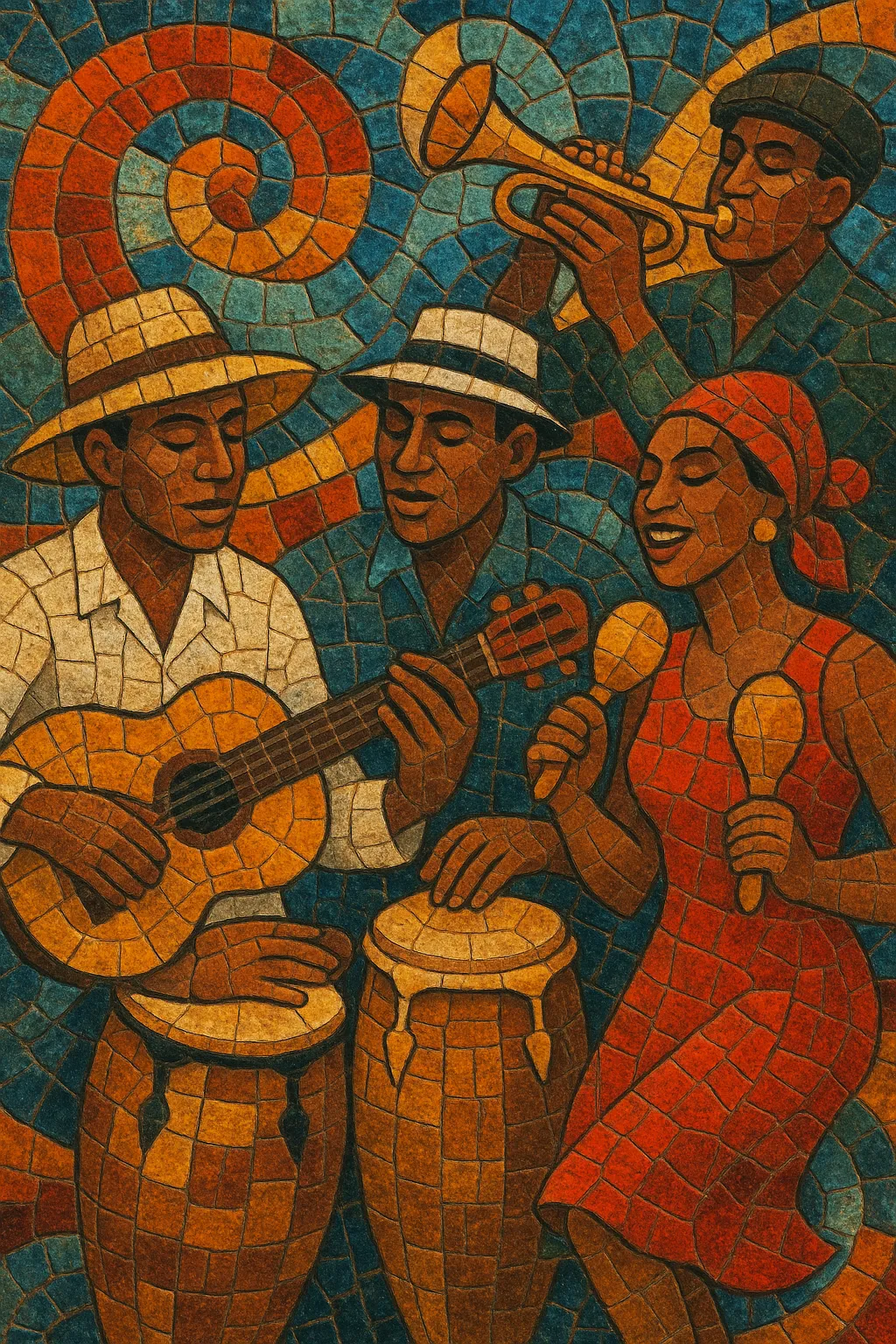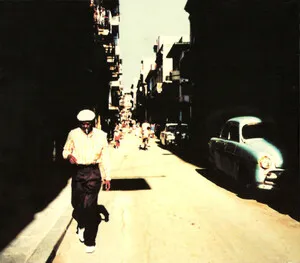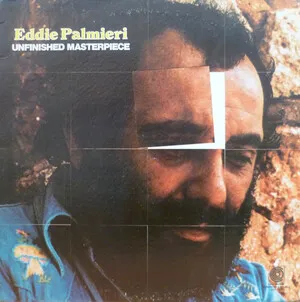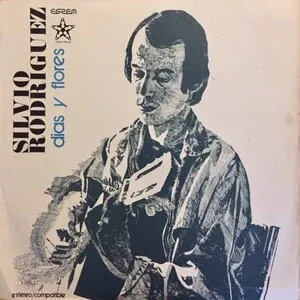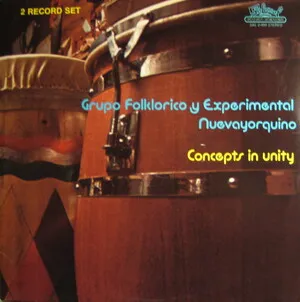Cuban music is the rich, syncretic musical tradition of Cuba, shaped by the meeting of Spanish/European song forms and West/Central African rhythms. Its heartbeat is the clave—a two-measure rhythmic cell (3–2 or 2–3) that organizes percussion, melody, and harmony across styles.
From the contradanza and habanera of the 19th century to danzón, rumba, and son cubano in the early 20th century—and later mambo, cha-cha-chá, nueva trova, songo, and timba—Cuban music has continually reinvented itself while retaining its core Afro‑Cuban rhythmic language. Typical instruments include the tres (Cuban guitar), bongó, congas, timbales, güiro, maracas, cowbell, bass, piano (playing guajeos/montunos), and bright horn sections.
Beyond the island, Cuban music has profoundly influenced global popular music—fueling the rise of salsa and Latin jazz and reshaping dance music worldwide—while continuing to honor deep connections to Yoruba/Lukumí religious drumming and Spanish lyrical traditions.
Spanish/European dances (contredanse/contradanza) took root in colonial Cuba and, through interaction with African-descended communities, adopted syncopation and the clave feel. The habanera (a Cuban-creole refinement of the contradanza) spread internationally in the mid‑1800s. By 1879, Miguel Faílde formalized the danzón in Matanzas—arguably Cuba’s first national dance-music form.
Urban Afro‑Cuban rumba (yambú, guaguancó, columbia) developed from ritual and social drumming and song, emphasizing call‑and‑response and complex hand-drum patterns. In eastern Cuba (Oriente), son cubano fused Spanish song/tres guitar with Afro‑Cuban percussion (bongó, marímbula/bass), moving to Havana in the 1920s via sextetos and septetos (e.g., Sexteto Habanero, Septeto Nacional), and becoming the island’s emblematic popular style.
Arsenio Rodríguez expanded the son ensemble (adding conga, piano, layered horn mambos) and codified the modern tumbao and montuno practices. Parallel danzón innovations (Arcaño y sus Maravillas) set the stage for mambo, popularized globally by Dámaso Pérez Prado. Enrique Jorrín introduced the cha‑cha‑chá from charanga traditions. Meanwhile, Afro‑Cuban jazz blossomed through Machito and Mario Bauzá—with Dizzy Gillespie and Chano Pozo bridging Cuban rhythms and bebop.
Singer‑songwriters (Silvio Rodríguez, Pablo Milanés) launched nueva trova, blending poetic lyrics with Cuban and global idioms. In dance bands, Juan Formell’s Los Van Van and José Luis Quintana “Changuito” developed songo, modernizing rhythm sections and orchestrations while keeping the clave.
NG La Banda, Charanga Habanera, and Los Van Van drove timba: harmonically adventurous, rhythmically dense, and fiercely danceable. Buena Vista Social Club rekindled global love for classic son and bolero. Today, Cuban music continues to evolve (timba, jazz, fusion, and hip‑hop inflections) while its rhythmic DNA underpins salsa and much of Latin popular music worldwide.

